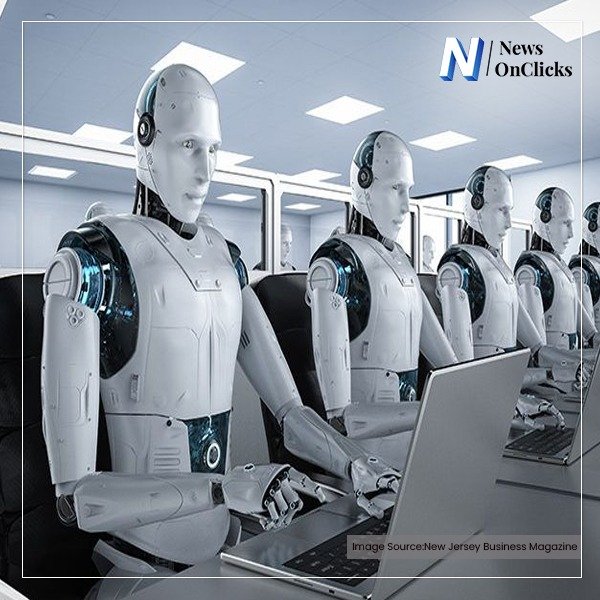
The AI attack on jobs has begun, and it’s coming faster than anyone anticipated. Forget about simple chatbots and virtual assistants—Agentic AI is here, and it’s not just answering questions anymore. These new AI agents are taking over tasks, making decisions, and even doing the jobs that once required entire teams. This powerful technology is revolutionizing industries, but it’s also sending shockwaves through the workforce as automation threatens to replace human roles.
What is Agentic AI? The New Workforce Disruptor
Unlike traditional AI tools that offer basic support, Agentic AI—also known as Large Action Models (LAM)—can take action on your behalf. These autonomous agents can execute tasks like recruiting employees, developing training programs, and handling repetitive business operations with little to no human involvement. They don’t just provide information; they act on it. And they’re ready to replace the jobs of those who once performed these tasks.
For example, an AI agent in HR can now recruit top talent, send interview invitations, and screen candidates with ease. In Learning & Development, AI agents can build entire training courses, gather data, and track engagement—all while the human team watches from the sidelines.
Agentic AI Threat: Job Displacement
This latest wave of AI technology is more than just an upgrade—it’s a disruption. The rise of Agentic AI brings the potential for job displacement on a massive scale. With these AI agents taking on everything from hiring to learning management, businesses are cutting costs and streamlining operations. But the big question is: Where does that leave human employees?
Many fear that this AI takeover will lead to widespread job losses, particularly in industries that rely heavily on repetitive or administrative tasks. While these AI agents bring undeniable efficiency, they also highlight the growing divide between technology and human labor.
Can Humans Stay Relevant?
Despite the looming threat, experts like Josh Bersin argue that there’s still a place for humans in this new era of AI dominance. Rather than being replaced, employees will need to adapt—shifting their focus toward creative, strategic, and supervisory roles. AI agents will need oversight, security management, and even training, creating new opportunities for those willing to evolve alongside the technology.
In fact, these AI agents may soon be part of your team, showing up on the org chart and reporting to human managers. Businesses that embrace this shift will lead the way, while those resistant to change may be left behind in the race for AI-driven efficiency.
How Businesses Can Leverage Agentic AI
For companies, Agentic AI offers a competitive edge by automating time-consuming processes, reducing operational costs, and providing real-time data analytics. The question is, how can businesses harness this power without completely sidelining their human workforce? By adopting a balanced approach—one that reskills employees and integrates AI thoughtfully—companies can thrive in the AI-powered future.
Conclusion: Adapt or Be Replaced
The AI attack on jobs is not a distant threat—it’s here. As Agentic AI continues to evolve, businesses and employees alike must adapt to stay relevant. The future of work is changing, and only those who embrace the new AI landscape will survive. Are you ready to take on the AI invasion, or will you be left behind?









